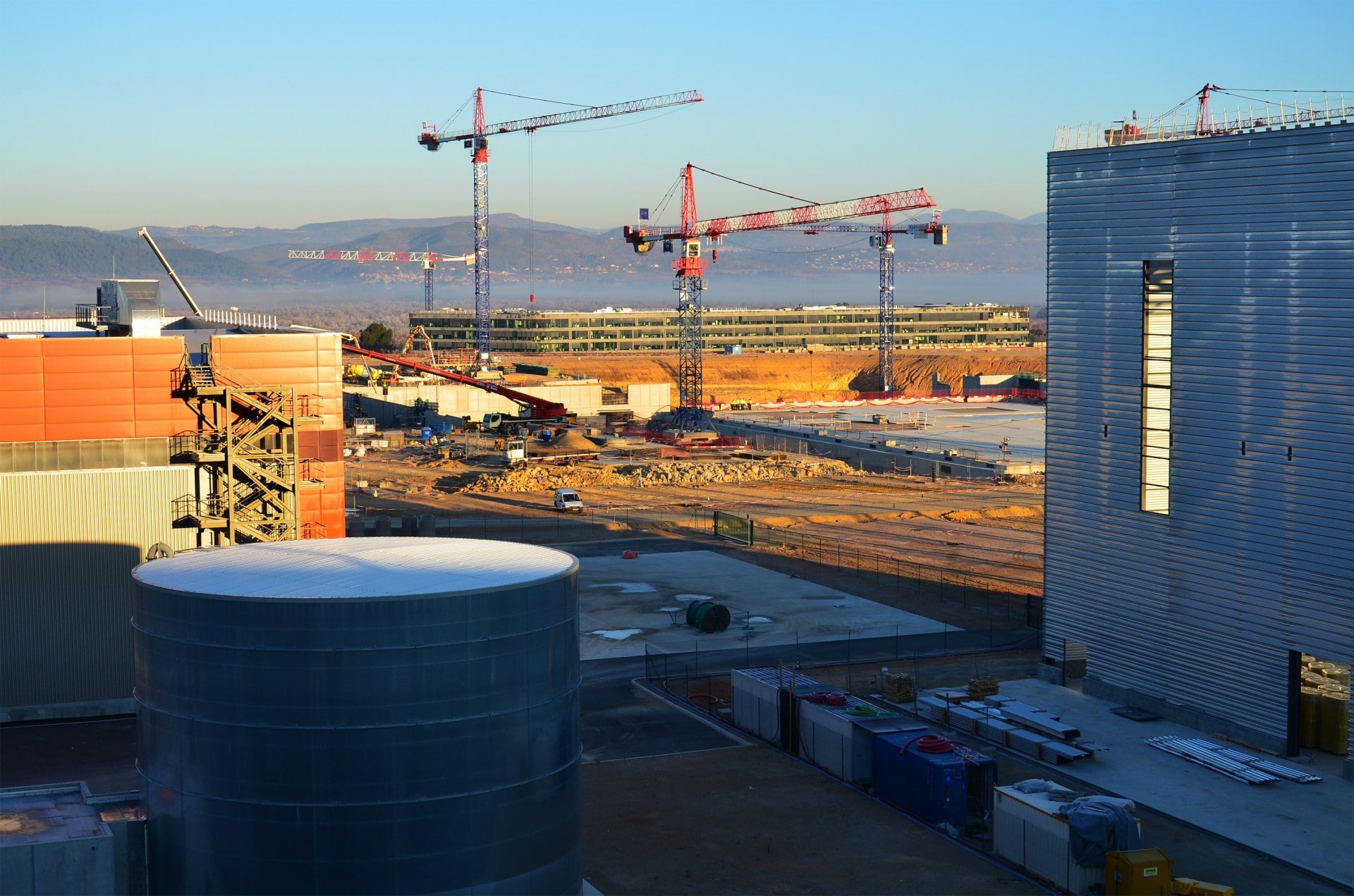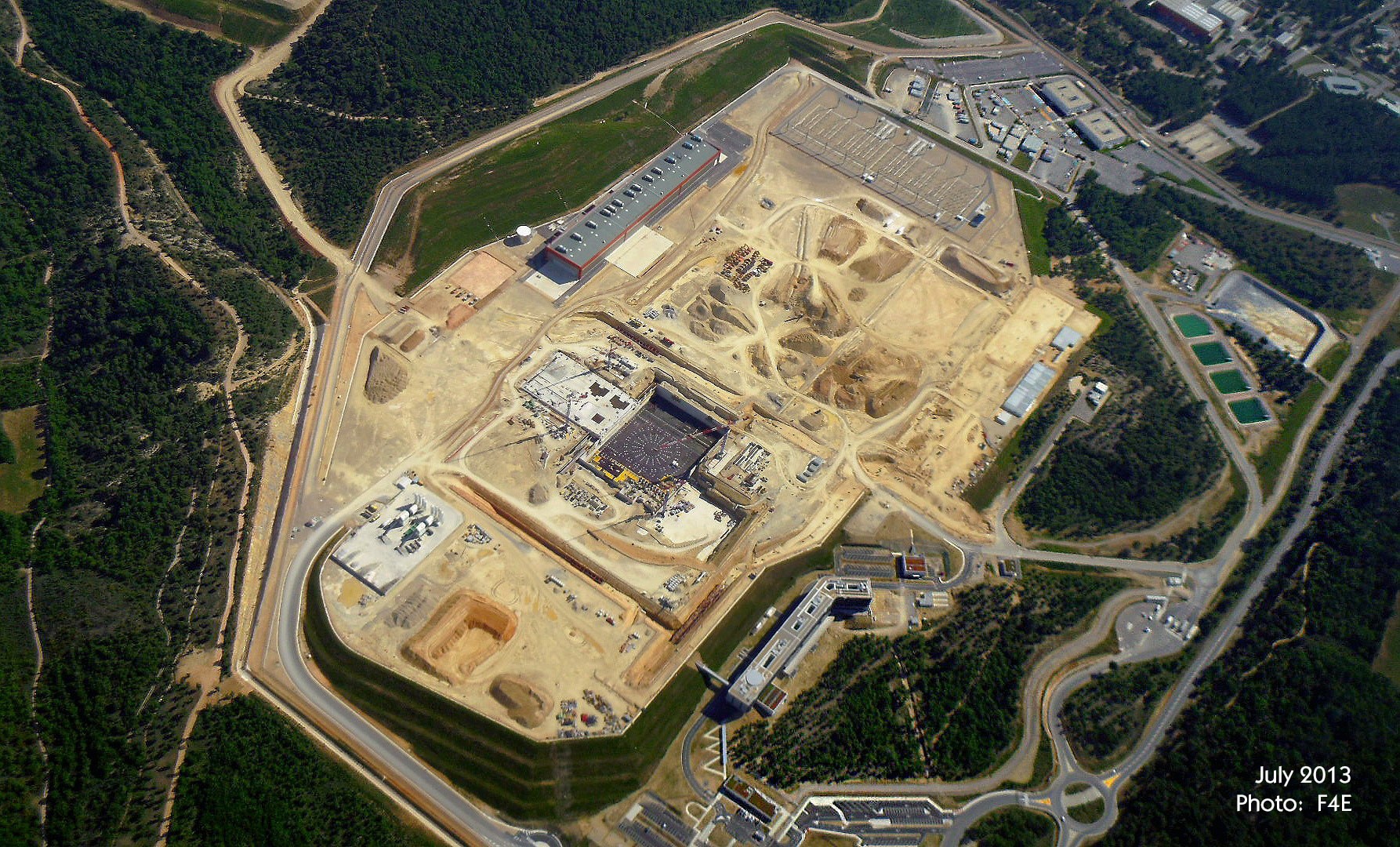France (Cadarache)
Science and technology have, to date, favoured fission over fusion in the nuclear energy world. But fusion has some pretty significant advantages. It doesn’t emit harmful toxins like carbon dioxide or other greenhouse gases into the atmosphere. Its major by-product is helium, an inert, non-toxic gas (where fission generates radioactive waste). Fusion fuels (eg deuterium, lithium) are widely available and nearly inexhaustible. Fusing atoms together in a controlled way releases nearly four million times more energy than a chemical reaction such as the burning of coal, oil or gas and four times as much as nuclear fission reactions (at equal mass).
ITER – from the Latin for ‘The Way’ – is a massive scientific experiment intended to demonstrate the viability of fusion as an energy source. Seven partners – China, the European Union, India, Japan, Korea, Russia and the United States – have pooled financial and scientific resources (costs are estimated to be approximately €13 billion) to build the largest fusion reactor to date.
The project, if successful, won’t produce electricity, but it will resolve critical scientific and technical issues in order to take fusion to the point where industrial applications can be designed. On-site construction of the scientific facility began in 2010. The shipment of the first completed components began in 2014 and will continue for at least five years. Machine assembly will begin as soon as the giant Tokamak Complex (the 360,000 tonne fusion ‘factory’) is ready for occupation. Fusion won’t necessarily replace renewables, but it could provide the baseload – consistent, minimum – energy supply to meet household and industrial needs for millennia to come.
Bio
Chris Moss has been writing on travel, tech, sex, food, art and books for nearly two decades. He co-founded street paper Hecho en Buenos Aires, writes regularly for the Guardian and Telegraph newspapers, and is now writing a thriller set in Andalusia.
Project leader
Bernard Bigot, Director General
Support the Atlas
We want the Atlas of the Future media platform and our event to be available to everybody, everywhere for free – always. Fancy helping us spread stories of hope and optimism to create a better tomorrow? For those able, we'd be grateful for any donation.
- Please support the Atlas here
- Thank you!




